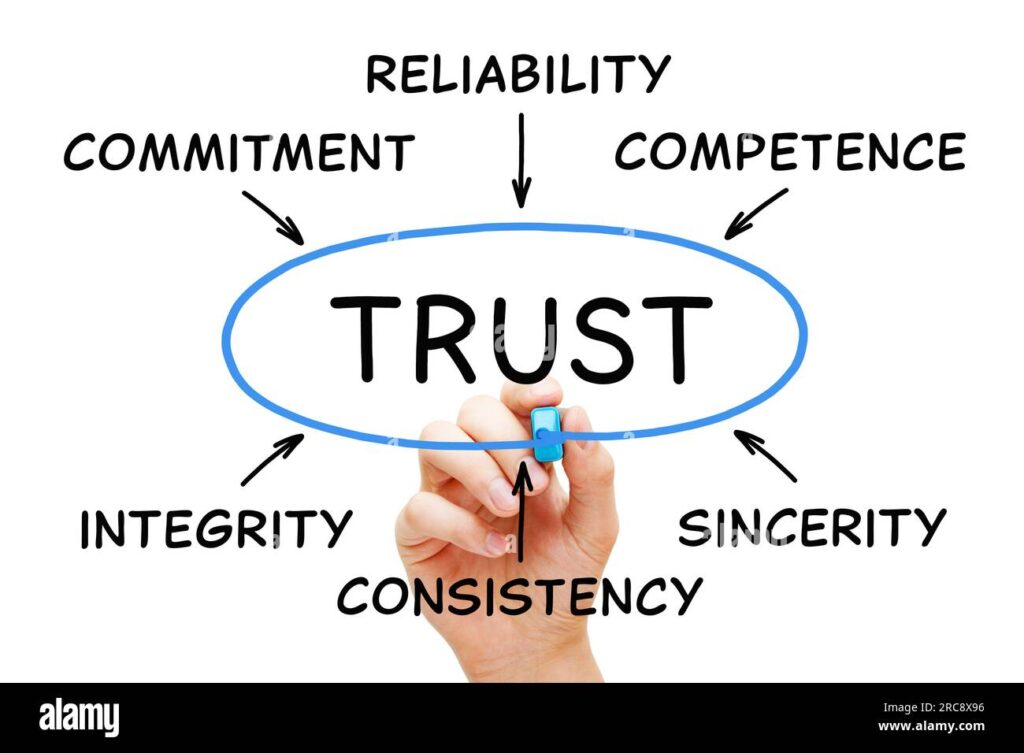D2C or E-commerce Market Place?
The debate on #D2C versus #Ecommerce marketplace has been a long-standing one in the marketing circles.
Some point out how e-commerce marketplaces such as Amazon, Flipkart, Myntra, Nykaa provide the ideal launchpad for baby brands to grow and eventually get their foot in the door.
On a flip side, according to a study by Shopify, the global D2C market is expected to grow to $22.4 billion by 2025.
Thus, the meteoric success of brands such as Mamaearth, Sugar Cosmetics, WOW Skin Science have made people question if the D2C model is the game-changing plot twist that will make retailers a thing of the past.
So let us explore the advantages of #Ecommerce giants and the #D2C business model for a comprehensive analysis.
E-commerce marketplaces have several advantages over D2C business model. Here are a few reasons why they have the edge:
1. Established trust and reliability:

Due to their already rooted reputation and legacy in the market, e-commerce giants are considered trustworthy sources for online shopping.
For instance, as per multiple studies, including a 2018 survey by Jumpshot, Amazon is majorly responsible for putting newer brands on the map as it generates over 60% of online product searches in the US alone.
This means that when people are looking to buy a product online, they often start their search on Amazon rather than Google. This is likely due to the widespread image of Amazon as a reliable source that offers a wide range of products in its trusted inventory.
As a consequence, many businesses sell their products on Amazon during the opening years to encash on the legacy and fame of the e-commerce and maximize their online organic visibility through the tie-up.
Thus, for small emerging businesses, e-commerce acts as an ‘advertising medium’ that directly bolsters brand expansion.
2. Greater customer reach:

According to a survey by Feedvisor, 89% of US shoppers have purchased from Amazon in the past year, while only 26% have purchased from a D2C brand.
E-commerce marketplaces such as Amazon, eBay, Alibaba, Meesho have a much larger customer base than most D2C brands can ever hope to garner.This means that sellers on above platforms have access to a larger audience and traffic that can potentially lead to more brand awareness, sales, and revenue comparatively.
A report by Accenture found that D2C brands that sell through e-commerce platforms are able to reach a wider audience of consumers and can achieve up to 40% higher profit margins compared to traditional retail channels.
For example, according to media reports, WOW Skin Science has been one of the top-selling brands in its category on Amazon and Flipkart, and the brand’s sales have grown significantly since it started selling on e-commerce in 2015.
Apart from this, D2C brands such as Mamaearth, Boat, Wakefit also started their journey by piggybacking on the existing customers of Nykaa, Amazon, and Flipkart.
As a result, they gained a loyal following among Indian consumers all thanks to the plethora of reviews available on these platforms that further skyrocketed their sales.
Similarly, Happy Ganga is a 100% natural range of probiotic cleaners for floor and dish cleaning that guarantees holistic health with its environment-friendly and river-cleaning composition.
Whereas Leocym is an exclusive range of odour neutralizers from France that are now available in India for the first time. Its French formula nips the foul smell at the molecular level rather than temporarily masking it.
Both Leocym and Happy Ganga are up and coming brands that are showing immense promise in the market.
3. Lower marketing costs:

Since e-commerce marketplaces already have a built-in audience, brands don’t have to spend as much money on marketing and advertising to reach potential customers.
Thus, subscribing to the platform and getting on their bandwagon can be cost-effective for startups that are already functioning on limited funds.
According to a survey by Jungle Scout, 60% of Amazon sellers spend less than $5,000 per year on advertising as compared to D2C brands who often have to go the extra mile and spend more to gain traction.
4. Access to customer data:

A study by EY found that D2C brands that sell through e-commerce platforms are able to collect valuable data on customer behavior and preferences, which can help them fashion their products and marketing tactics in tandem with the customer psychology and their shopping patterns.
According to a survey by Feedvisor, 70% of Amazon sellers use data analytics to improve their business, while only 50% of D2C brands do the same.
#Ecommerce marketplaces are portals to a wealth of customer data that sellers can study to align their marketing strategies and product offerings. This can include data on customer behaviour, preferences, purchase history, frequently carted items, among other things.
However, the e-commerce supremacy doesn’t imply that there is a one-size-fits all rule. Because the growing trend of #D2C models is clearly disrupting the status quo.
In size, D2C may be smaller than e-commerce platforms but today, competition is less about size and more about perception.
And there are several advantages that brands have witnessed by selling via the D2C model. They are as follows:
1. Incremental Profits:

The single biggest reason why D2C brands see larger profit margins than other online sellers is that there is no middleman to eat a pie of their retail price. And it is because of these higher profits, that many D2C brands can afford to price their products cheaper on their own channels than other retailers.
According to a study by Gartner, D2C brands have an average gross margin that is 10-15% higher than traditional ecommerce brands
This is because D2C brands can cut out the middleman and keep more of the profits for themselves.
2. Tailor-made Customer Experience

With the rich data on their customers otherwise unavailable while selling through a retailer, D2C sellers can build a super-personalized experience for their customers. It becomes all the more crucial, as 80% of shoppers would instead purchase from brands that offer a higher degree of personalization.
- According to a study by McKinsey, D2C brands have an average customer acquisition cost (CAC) that is 38% lower than traditional ecommerce brands.
- A report by eMarketer found that D2C brands have an average conversion rate that is 2-3x higher than traditional ecommerce brands.
- A report by Yotpo found that D2C brands have an average customer lifetime value (CLTV) that is 23% higher than traditional ecommerce brands.
All these statistics can be attributed to D2C brands building more meaningful relationships with their customers by offering personalized experiences and exceptional customer service.
3. Higher brand loyalty

As selling directly to the consumer gives brands an upper hand in terms of building customer loyalty as opposed to in wholesale marketplaces, D2C sellers can further capitalize on brand loyalty
According to a study by Klaviyo, D2C brands have an average email open rate that is 22% higher than traditional ecommerce brands.
This is because D2C brands can create more targeted and personalized email campaigns that resonate with their ideal customers.
Overall, these research statistics suggest that#D2C brands can be more effective than #Ecommerce marketplaces in certain ways, including lower customer acquisition costs, higher customer lifetime values, higher gross margins, higher conversion rates, etc.
However, it’s worth noting that every business is different, and what works for one brand may not work for another. Hence, it is up to the nature, approach, and targeted section of your business that determines whether D2C or e-commerce will allow you to take the lion’s share of the spoils home.

